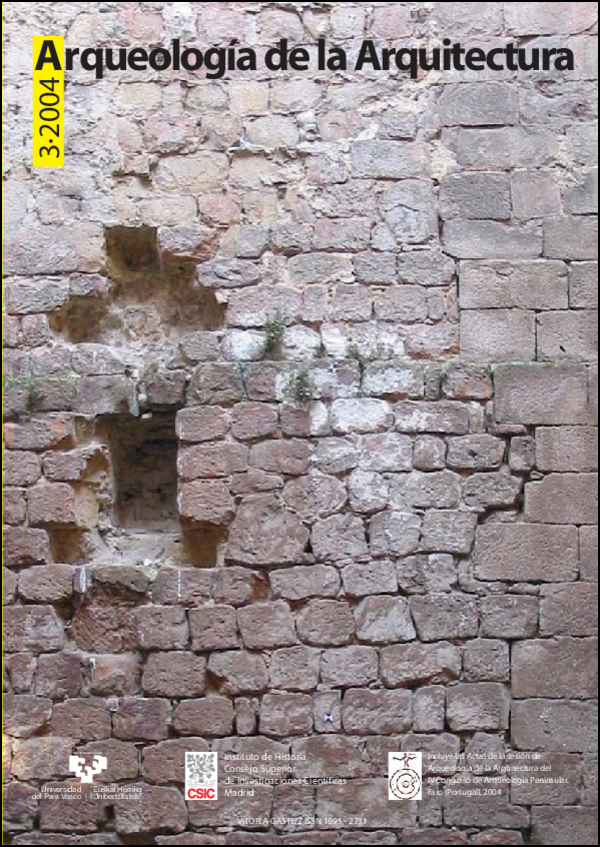Os primeiros passos da Arqueologia da Arquitectura no âmbito do Instituto Português do Património Arquitectónico
DOI:
https://doi.org/10.3989/arq.arqt.2004.66Keywords:
Institute for Architectural Heritage, Archaeology of Architecture, Biography of a buildingAbstract
This text sets out to outline the first steps in the affirmation of Archaeology of Architecture within the scope of the Instituto Português do Património Arquitectónico (Portuguese Institute for the Architectural Heritage) - IPPAR, an institution whose goal is to preserve, safeguard and enhance our national architectural heritage. In fact, one can easily realise that, unfortunately, both in IPPAR and in Portugal this discipline has not yet been the object of a necessary divulgation. One could say that this is a result of a general unfamiliarity with this discipline, but also of a peculiar situation, namely the lack of interest, even contempt, that Portuguese architects show regarding those matters related to the rehabilitation of architecture. On the other hand, Portuguese archaeology lacking professionals devoted to the study of more recent periods and rescue archaeology getting stronger in detriment of investigation archaeology, the lack of motivation is notorious, and mainly the lack of time and financial means available to pursue any studies of this nature.
Although IPPAR reflects those difficulties felt in national terms, we cannot forget some significant initiatives, and also that it was thanks to the diligence of the IPPAR Regional Boards that some of the best works in the field of Archaeology of Architecture were made possible, all within wide-ranging rehabilitation projects of buildings under the tutelage of the same Institute. Being clear the notion that Archaeology of Architecture is the most accurate instrument of analysis when it comes to recording the biography of a building, and the conscience that —as it already exists today within IPPAR— any intervention at subsoil level should always imply a previous archaeological record, it now becomes necessary to develop a new routine including a previous and accurate record whenever an intervention on a building is planned; otherwise we will keep on witnessing the disappearance of unique and unrepeatable information, and the forming of rehabilitation projects devoid of any serious grounding.
Downloads
Downloads
Published
How to Cite
Issue
Section
License
Copyright (c) 2004 Consejo Superior de Investigaciones Científicas (CSIC) - Universidad del País Vasco/Euskal Herriko Unibertsitatea (UPV/EHU)

This work is licensed under a Creative Commons Attribution 4.0 International License.
© CSIC. © UPV/EHU. Manuscripts published in both the print and online versions of this journal are the property of Consejo Superior de Investigaciones Científicas and Universidad del País Vasco/Euskal Herriko Unibertsitatea, and quoting this source is a requirement for any partial or full reproduction.
All contents of this electronic edition, except where otherwise noted, are distributed under a Creative Commons Attribution 4.0 International (CC BY 4.0) licence. You may read here the basic information and the legal text of the licence. The indication of the CC BY 4.0 licence must be expressly stated in this way when necessary.
Self-archiving in repositories, personal webpages or similar, of any version other than the final version of the work produced by the publisher, is not allowed.















